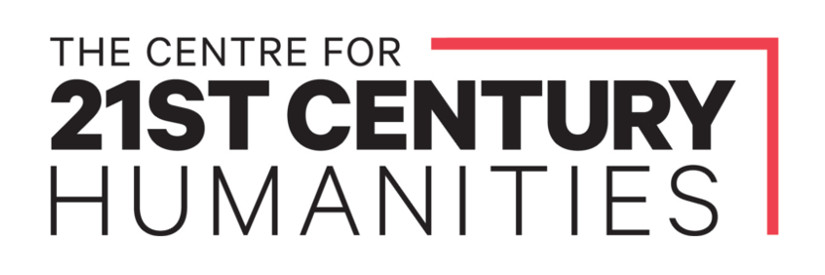| Site Name | Skull Hole, Mistake Creek, Forsyth Ranges |
| Aboriginal or Torres Strait Islander Place Name | |
| Language Group, Nation or People | Guwa |
| Present State/Territory | QLD |
| Colony/State/Territory at the time | QLD |
| Police District | Gregory |
| Latitude | -22.563 |
| Longitude | 143.03 |
| Date | Between 1 Jan 1870 and 31 Dec 1870 |
| Attack Time | Dawn |
| Victims | Aboriginal or Torres Strait Islander People |
| Victim Descriptions | Aboriginal |
| Victims Killed | 180 |
| Victims Killed Notes | |
| Attackers | Colonists |
| Attacker Descriptions | Native Police, Settler(s), Stockmen/Drover(s) |
| Attackers Killed | 0 |
| Attackers Killed Notes | |
| Transport | Foot, Horse |
| Motive | Reprisal |
| Weapons Used | Snider(s), Repeating Rifle(s) |
| Narrative | The Norwegian naturalist Carl Lumholtz recorded in 1881 that he had been shown skulls of people killed in a massacre by Native Police:
'In the vicinity of Bledensbourne I was shown a large number of skulls of natives who had been shot by the black police in the following circumstances:—A couple of teams with provisions for the far west, conducted by two white men, had encamped near the blacks. The latter were lying in ambush, and meant to make an assault, as two black women had been ravished by the white men. Instead of defending themselves with their weapons, the white men were cowardly enough to take flight, leaving all their provisions, oxen, tent, and all their other things in the hands of the blacks. The fugitives reported to the police that they had been attacked, and so the "criminals" a few weeks afterwards were pursued far into a narrow valley and shot. I visited the spot in company with the manager of Bledensbourne station, and saw seven or eight of the skulls. According to the statement made by several persons, nearly the whole tribe was killed, as there was no opportunity of flight' (Lumholtz, 1881, pp 53-54).
Lumholtz had been en route west to Elderslie, before going to 'Bledensbourne'. As Elderslie is west of Winton, 'Bledensbourne' is most likely Bladensburg just south of Winton.
P.F.H. Mackay published an account of this massacre, told to him by Hazelton Brock in an article published in The Queenslander (20 April, 1901, pp 257-258). The story is as follows: In 1877, George Fraser was droving 700 cattle to a new stockrun he planned to establish at Bladensburg, about 15 kilometres south of present day Winton, in Western Queensland. He led a party of about eight stockmen, including Hazelton Brock and Jack Wilkinson, a man named Bill and two 'new chums'. After one of the 'new chums' was killed by a group of Guwa warriors, Fraser buried the body and sent another stockman for help at the native police camp at Blackall. When a detachment of native police, led by sub-inspector Robert Moran, arrived a week later, Fraser and his party had tracked the Guwa to a large camp site near a waterhole now known as Skull Creek and surrounded by steep cliffs at the head of Mistake Creek in the Forsyth Ranges. With the party now increased to 14 men, Fraser and Moran planned to attack the camp at dawn the following morning. The evening before the attack they tied up their horses more than a kilometre away from the campsite, climbed a hill above it and waited until dawn. With the sound of a mopoke as the signal, the 14 men surrounded the camp from above on three sides and began shooting. The Guwa scattered in all directions but most of them made for the waterhole. After many of them were shot, the native police went after the rest with their machetes and hacked many of them to death in the water. Hazelton Brock estimated that 200 Guwa were killed in the massacre. Brock 'collared' an Aboriginal boy from among the few survivors, named him Boomerang Jack and brought him up as a stockman. In 1901 he was working on Collingwood Station, 50 kilometres west of Winton. In the aftermath, Brock took squatter John Arthur Macartney to the site to get some 'bones and specimens'. Although Brock's account is told as a 'bush yarn' the specific details and correspondence with Lumholtz's description indicate the story is based on real events. As a corroboree was taking place it follows that a large number of people were camped. They were surrounded and taken by surprise, in a region with steep slopes offering few avenues of escape and many were driven into and killed in a waterhole by a combined group of well armed Native Police and colonists. There is no reason to doubt that there was a high death toll. |
| Sources | The Queenslander April 20, 1901, pp 757-758 https://trove.nla.gov.au/newspaper/article/21255745; Lumholtz, 1889 https://www.gutenberg.org/files/66299/66299-h/66299-h.htm; Bottoms, 2013, pp 172-174. (Sources PDF) |
| Corroboration Rating | ** |

